About Us
The Vineyard
Rooted in tradition and preserving the land
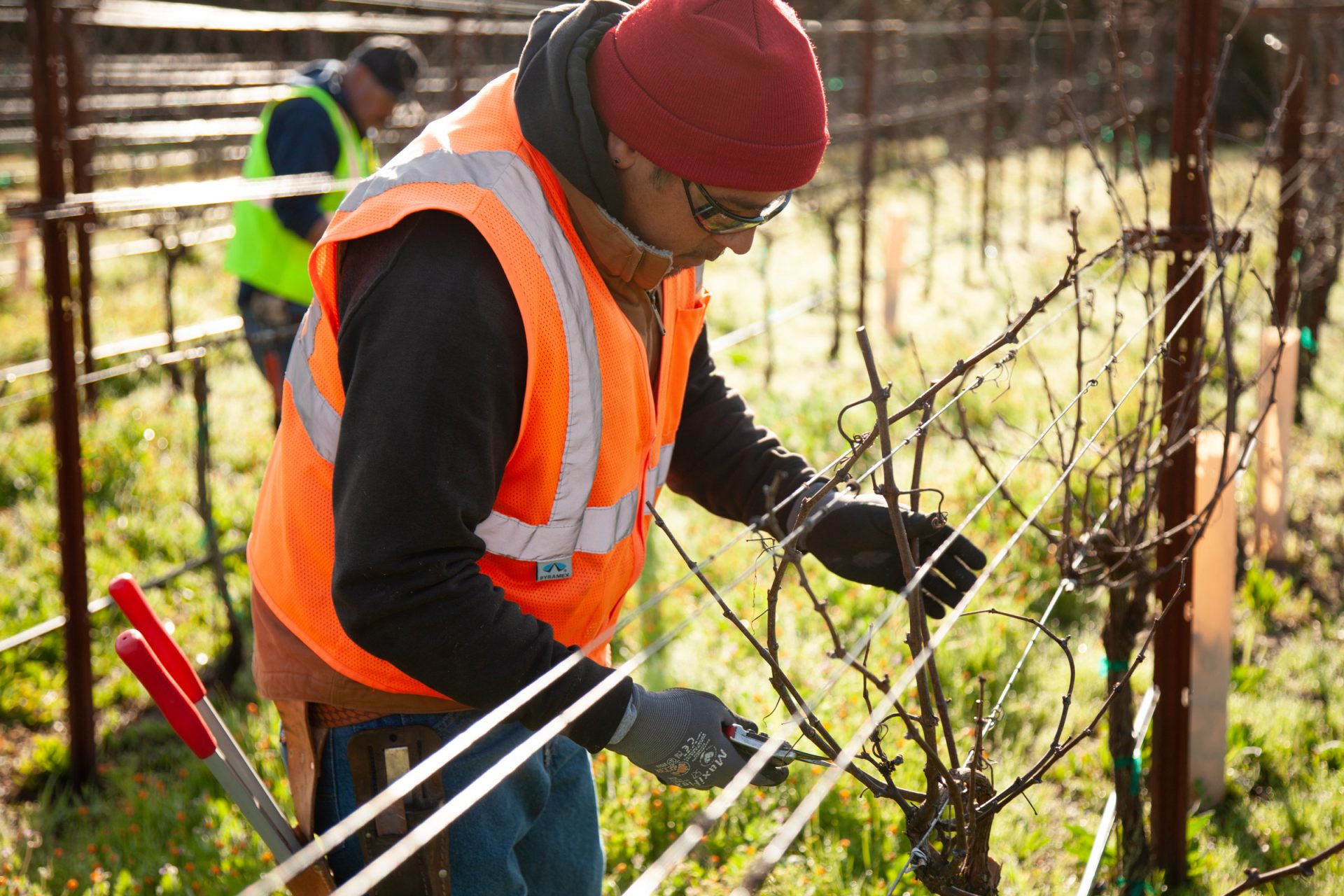
Grapevines
Grapevines: The Sonocaia estate vineyard is made up primarily of Sagrantino grapes. Native to Montefalco, Umbria, Italy, our cuttings were first imported to the UC Davis FPS (Foundation Plant Services). Following two years of shoot-tip propagation to segregate disease-free stock, the resulting plant material was sent to the nursery for an additional two years of propagation, and finally into the vines that are planted and growing today.
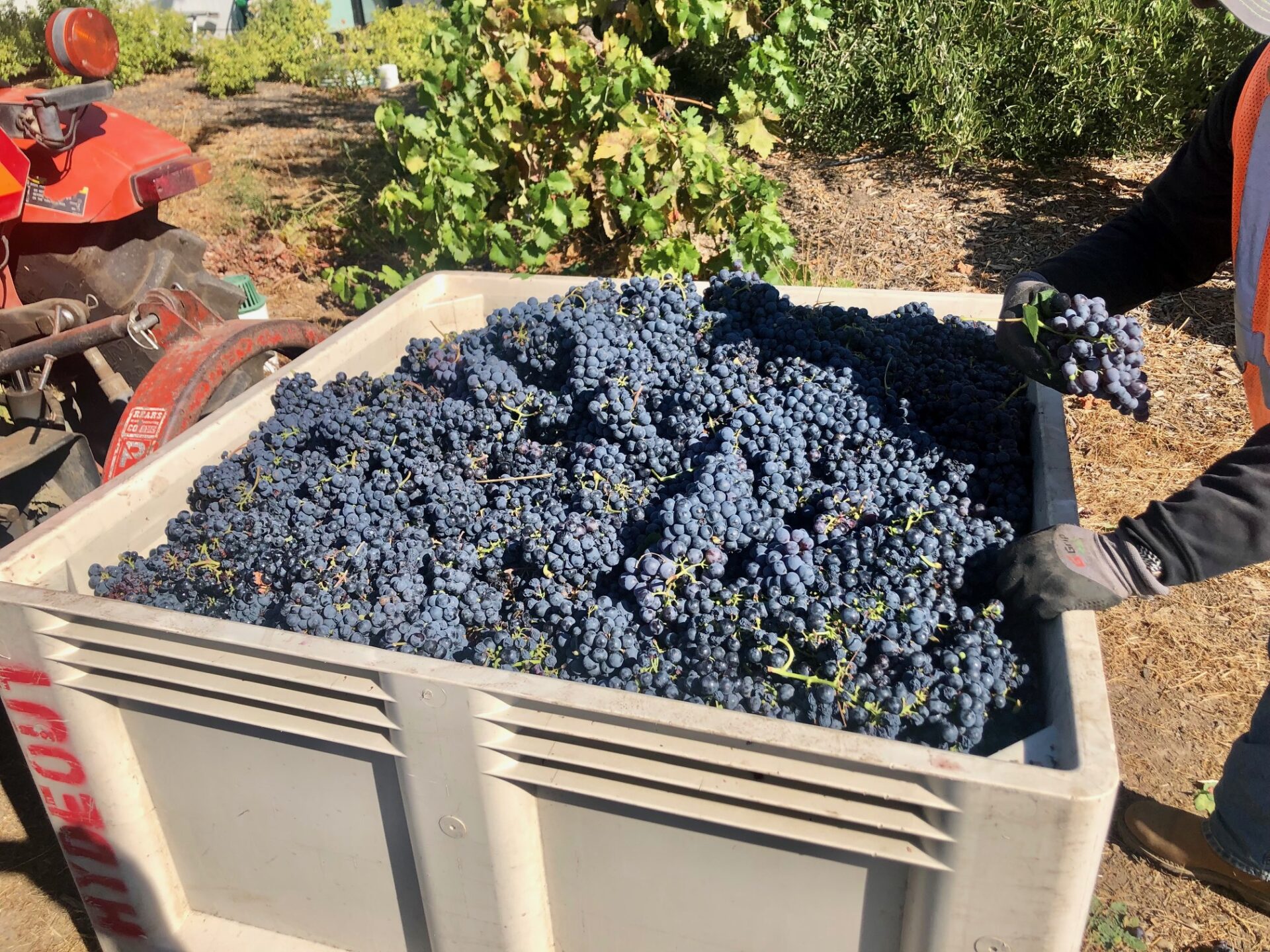
Other Varietals
There are four other grape varieties interplanted in the estate vineyard, often referred to as ‘field blending’: Cabernet Sauvignon (for density), Petite Sirah (for color intensity and depth), Primitivo (for spice and local terroir) and Tannat (for rustic tannic notes).
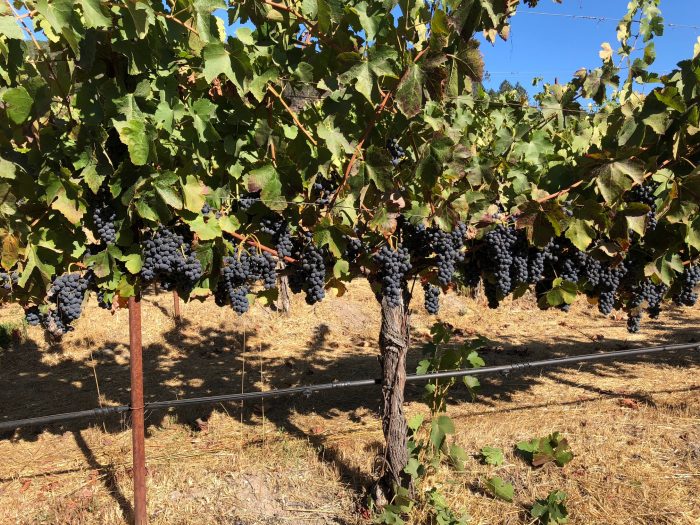
Rootstock
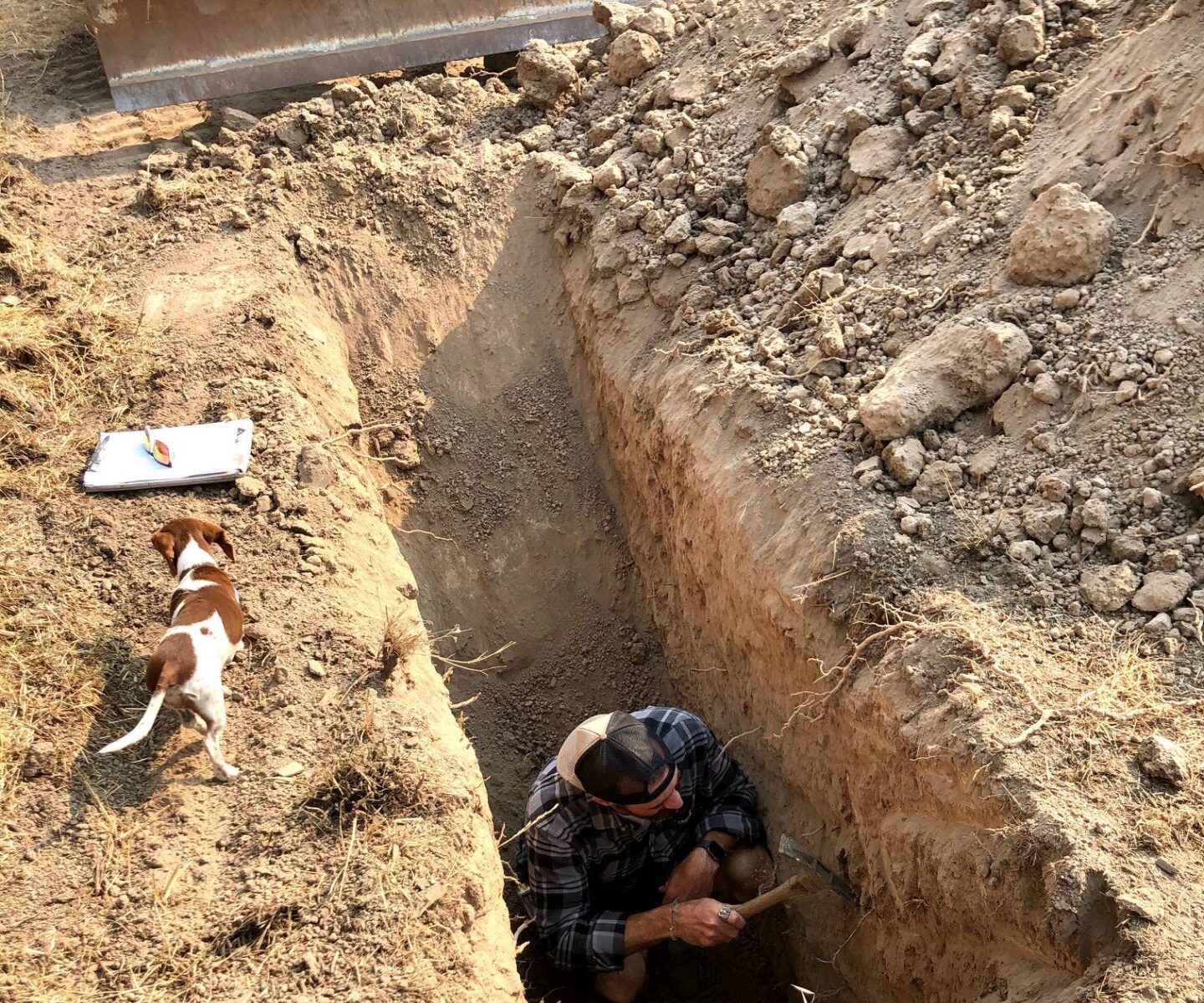
Soil Source
The Sonocaia vineyard sits directly downslope of Arrowhead Mountain which is part of the larger Mayacamas Mountains, a short mountain range very well-known to wine lovers that forms the dividing line between Napa and Sonoma Valleys. The eons of soil and water runoff from these mountains created some of the most famous vineyard sites in all of California wine country.
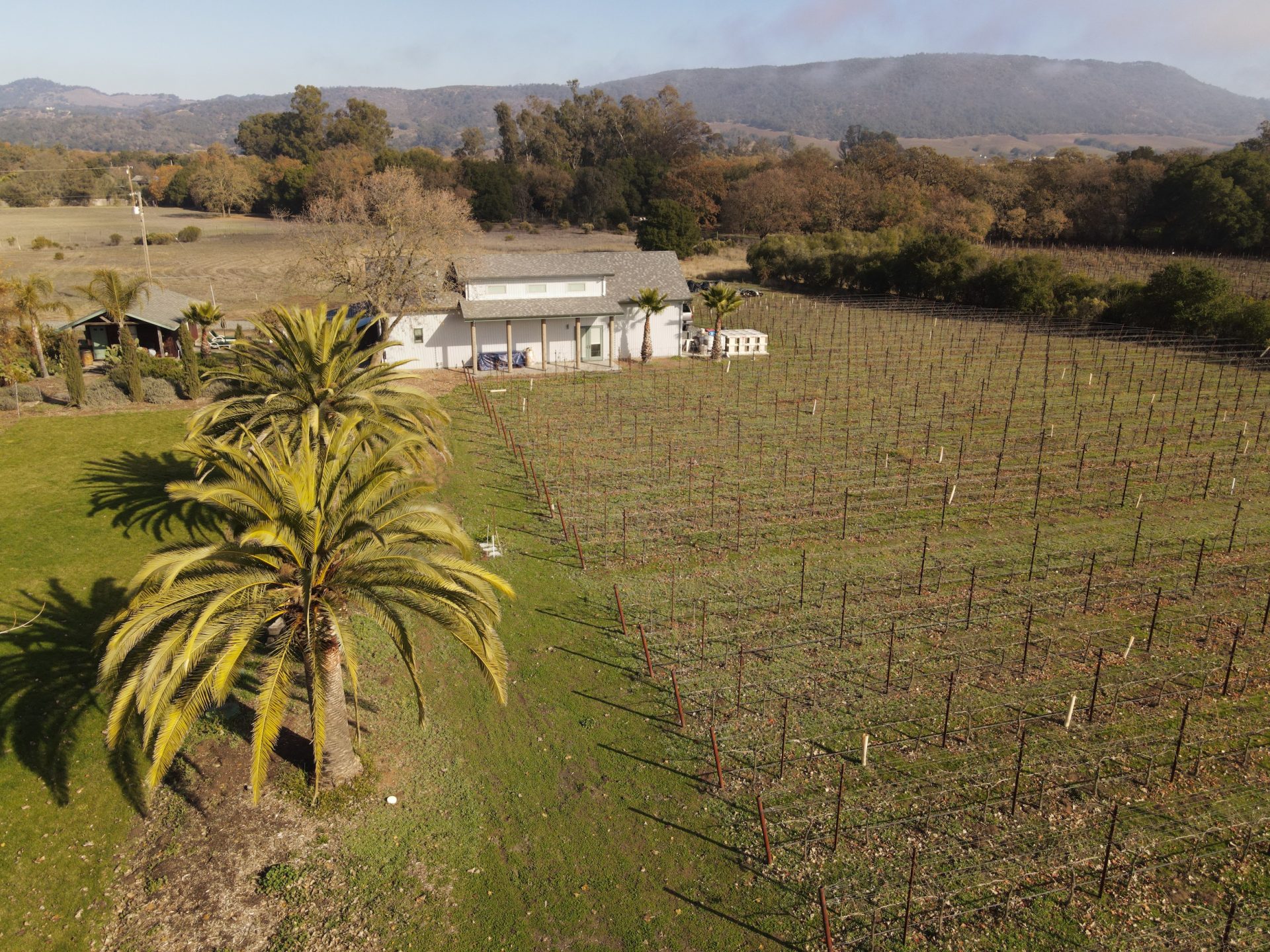
Soil Type
The Sonocaia vineyard is a mix of gravels, eroded sediments, and clay of the Wright and Huichica loam classifications. Wright is a loose alluvial soil underlain by volcanic clays. Huichica Loam has more cemented alluvial mix also underlain by volcanic clays. In both cases, the volcanic clay layers occur at six to eight feet, providing a deep source of minerals to the grapevines.
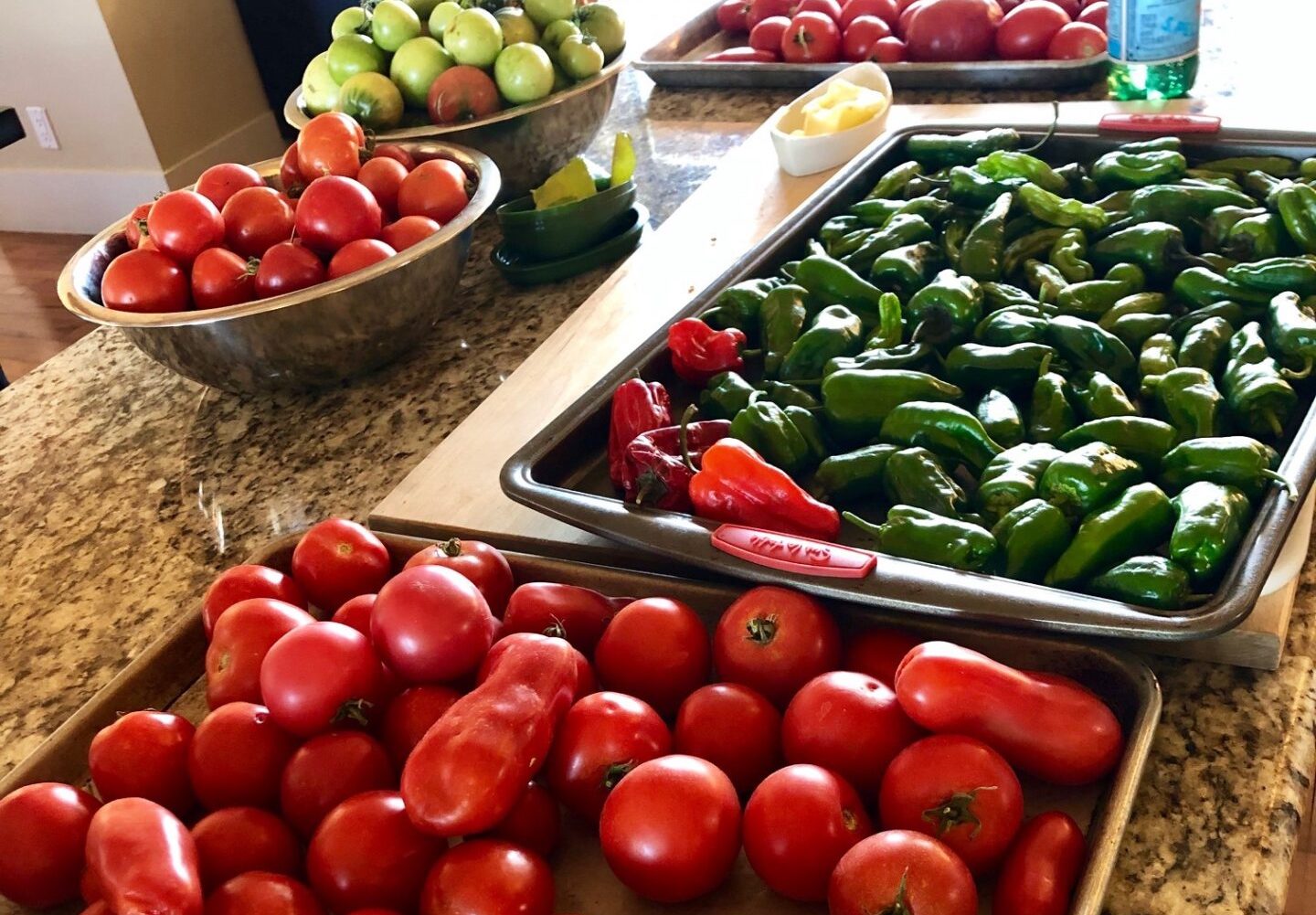
Farming
100% of our farming operations are organic including vineyard, olives, chickens, fruit trees, and vegetable gardens. We have two sources of irrigation water – a deep well which we use rarely and sparingly, and an 18 foot-deep hand-dug surface well, filled entirely by rain water, and which supplies all of our irrigation water needs from spring through August.
